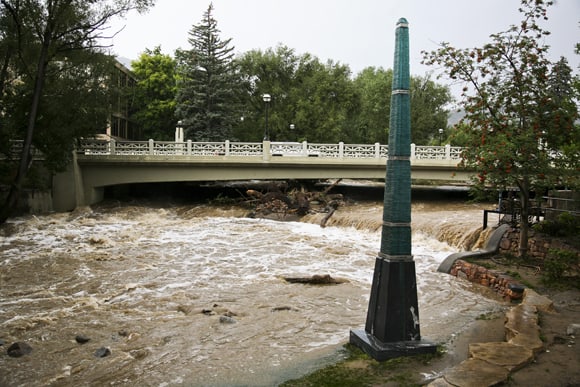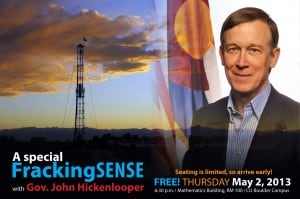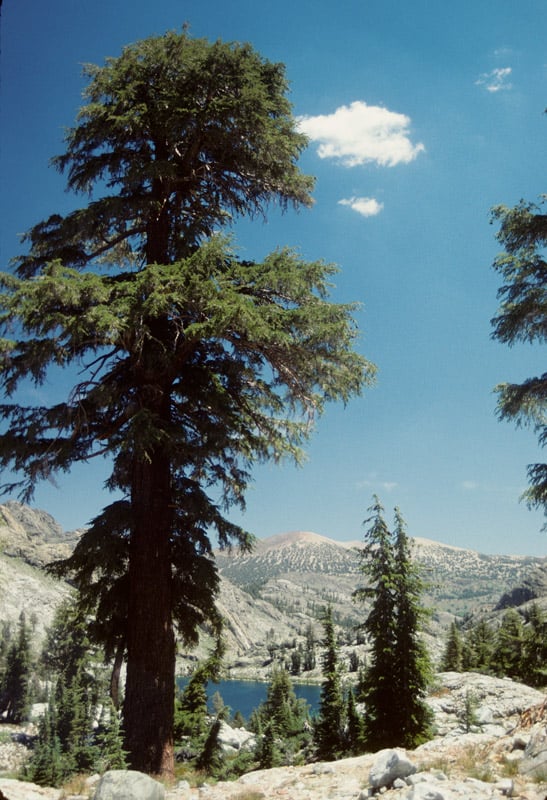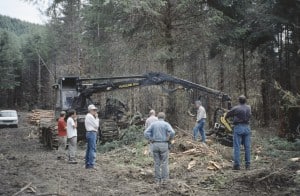The history of flooding and economic and social hardships is related, of course, to ideas of Nature and to Book Club topics. However, in the interest of topical and timely information, I thought that this piece by Roger Pielke, Jr. is relevant and worth posting outside of Book Club.
Here’s his blog post, titled “Against the 100 year flood.”
He cited his paper the Nine Fallacies of Floods (apparently peer-reviewed, for those who watch that). It’s well worth a read, and a comparison to the western wildfire situation.
No matter what the climate future holds, flood impacts on society may continue to get worse. A study conducted by the U.S. Congressional Office of Technology Assessment concluded that ‘despite recent efforts, vulnerability to flood damages is likely to continue to grow’ (OTA, 1993, p. 253). The study based this conclusion on the following factors, which have very little to do with climate:
1. Populations in and adjacent to flood-prone areas, especially in coastal areas, continue to increase, putting more property and greater numbers of people at risk,
2. flood-moderating wetlands continue to be destroyed,
3. little has been done to control or contain increased runoff from upstream
development (e.g., runoff caused by paving over land),
4. many undeveloped areas have not yet been mapped (mapping has been concentrated in already-developed areas), and people are moving into such areas without adequate information concerning risk,
5. many dams and levees are beginning to deteriorate with age, leaving property owners with a false sense of security about how well they are protected,
6. some policies (e.g., provision of subsidies for building roads and bridges) tend to encourage development in flood plains.
At a minimum, when people blame climate change for damaging flood events, they direct attention away from the fact that decision makers already have the means at their disposal to significantly address the documented U.S. flood problem.
I also thought his cite of the hydrologist and climate change science communities’ discussion of stationarity was interesting. If hydrologists and climatologists disagree, how can we point to “science” as a path forward? Maybe we have to gird our loins, use our own brains and experiences, and talk to people (and their elected officials) about what they think are the best approaches to policy choices.
Here’s the link to the stationarity paper… only have the abstract due to lack of open access.
After 2½ days of discussion it became clear that the assembled community had yet to reach an agreement on whether or not to replace the assumption of stationarity with an assumption of nonstationarity or something else. Hydrologists were skeptical that data gathered to this point in the 21st Century point to any significant change in river parameters. Climatologists, on the other hand, point to climate change and the predicted shift away from current conditions to a more turbulent flood and drought filled future. Both groups are challenged to provide immediate guidance to those individuals in and outside the water community who today must commit funds and efforts on projects that will require the best estimates of future conditions. The workshop surfaced many approaches to dealing with these challenges. While there is good reason to support additional study of the death of stationarity, its implications, and new approaches, there is also a great need to provide those in the field the information they require now to plan, design, and operate today’s projects.
I have a good deal of sympathy for the hydrologists; getting dam management wrong can have more serious and life-threatening implications in either drought or flood conditions than planting trees. If we don’t know what’s going to happen in the future, we need to be flexible and pay attention to what’s really happening on the land. And not so much models. Just a thought.



